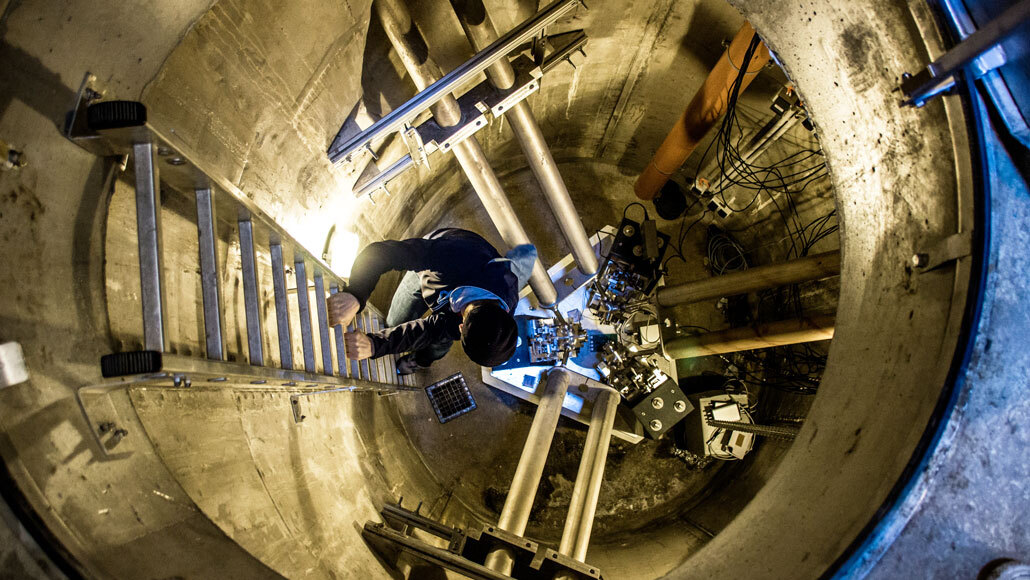
The Rotational Motions in Seismology, or ROMY, is a giant motion sensor built into an underground bunker in Germany to measure tiny wobbles in Earth’s rotation.
J. Igel

The Rotational Motions in Seismology, or ROMY, is a giant motion sensor built into an underground bunker in Germany to measure tiny wobbles in Earth’s rotation.
J. Igel